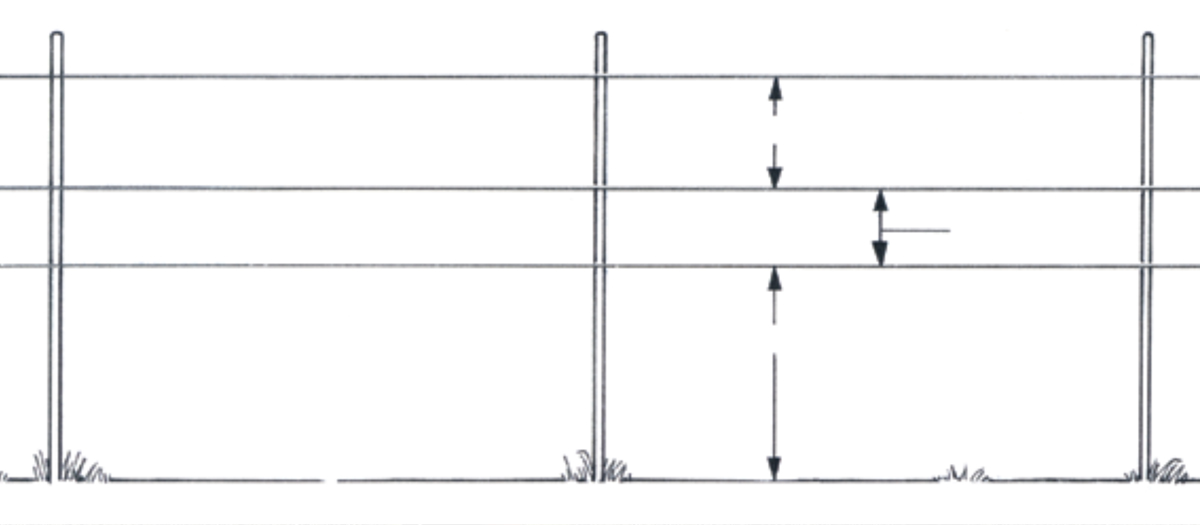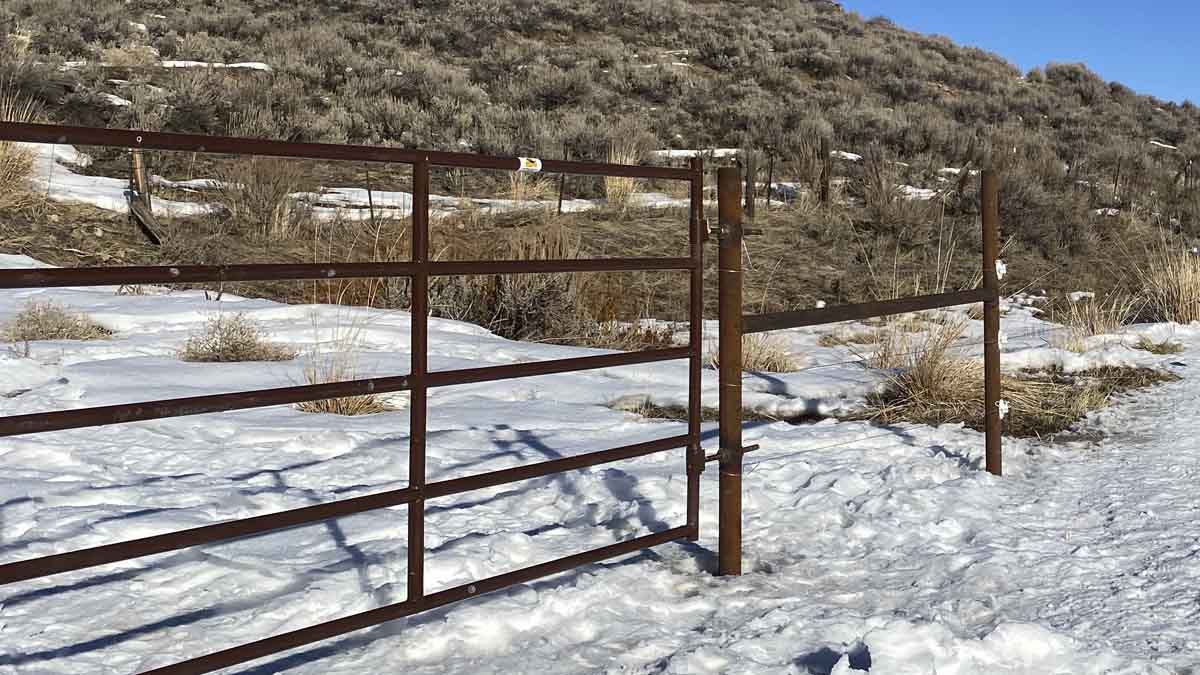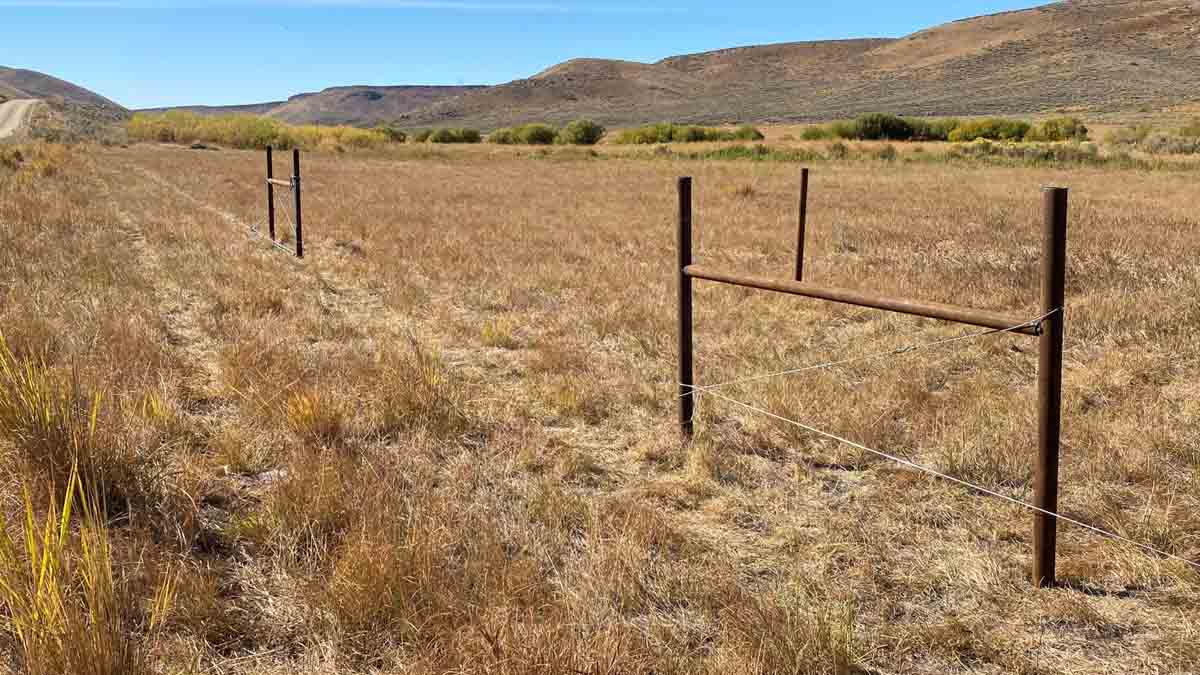Wildlife Friendly Fencing
Rinker Rock Creek Ranch provides important habitat for wildlife, some of which live on the ranch year-round, and many more which migrate through the ranch seasonally.
During the past five years, approximately 13 miles of wildlife friendly-lay down fencing has replaced nearly 20 miles of unnecessary, redundant or dilapidated barbwire and woven-wire fence.
Wildlife friendly lay-down fencing allows animals to move more easily through the ranch and reduces the number of animals that become entangled in barbwire fencing. This style of fencing is also cheaper to build and is less time consuming to maintain.
In late summer, both livestock and wildlife seek out the riparian areas for plants and water. This can cause erosion, introduce invasive species, and reduce available forage and habitat for livestock and wildlife. Replacing barbwire and woven-wire fencing with wildlife friendly fencing benefits both wildlife and livestock management.
The new fence will help create meadow (riparian) and upland pastures to manage livestock grazing timing and location. The fence can be electrified when livestock are present and laid down flat on the ground when livestock are not present, reducing barriers that migratory wildlife face.
Fence design
- 5 inch wooden or metal pipe posts should be used for all braces. Brace all corners, gates and direction changes greater than 15 degrees. At least one H-brace per gate side, per fence turn and per elevational change.
- Distance between “anchor” posts = 75-100 feet, as topography allows (then at least one stay post to keep the lines from getting tangled).
- 220,000psi high-tensile electric wire, tightened firm, but not so tight that there is no “give” if an animal does hit the fence.
- Bottom wire should be 20-22 inches from the ground, next wire should be 8 inches from the bottom wire, top two wires should be spaced 10 inches apart, top wire should be 40-42 inches off the ground.
- Solar powered fence energizers are used to make the fence hot.
Parts for a three-strand high-tensile electric fence
- Anchor posts (wood or metal) and H-braces
- Stay posts (fiberglass usually) to stabilize wire and prevent tangling between anchor posts
- High tensile electric wire, smooth, 12.5 gauge, Class III, galvanized wire with a tensile strength of 170,000 PSI and breaking strength of 1,308 pounds is adequate
- Plastic insulator clips (regardless of whether anchor posts are wood or metal)
- Screws (to attach insulators)
- Tensioners (at least one per line per fence segment)
- Solar fence energizer (amount/power of energizers depends on desired power and fence line distance)
- Grounding handles (to put on inline gates to de-energize lines)
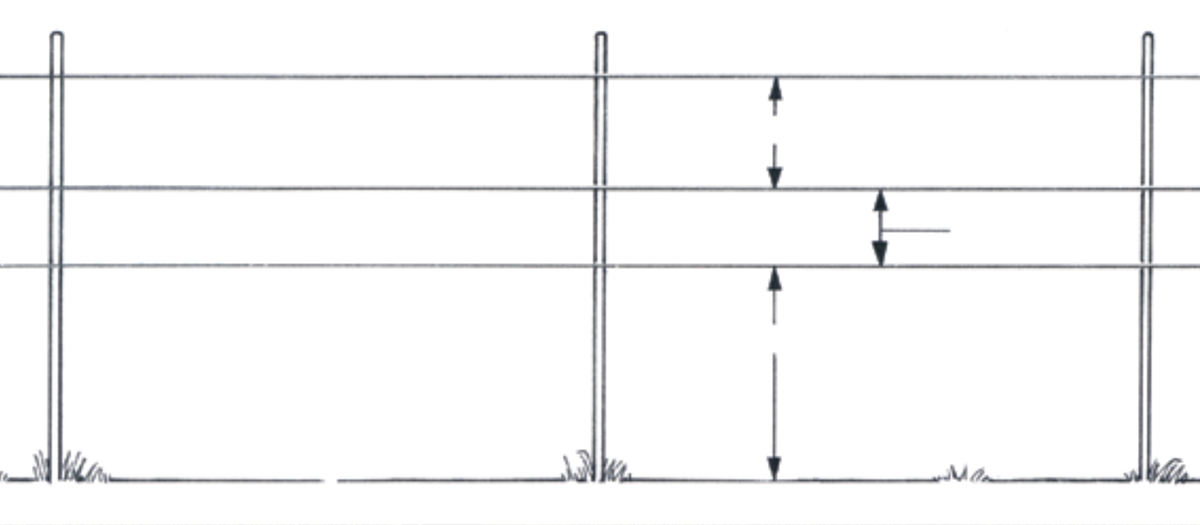
Resources
- A Wyoming Landowner’s Handbook to Fences and Wildlife (includes options for other types of wildlife-friendly fencing)
- Wildlife friendly fencing flyer (pdf)
Wood River Valley and Camas Prairie contacts
- Charles Sandford, U.S. Fish and Wildlife Service — charles_sandford@fws.gov
- Josh White, U.S. Fish and Wildlife Service — joshua_white@fws.gov
- Terry Gregory, Idaho Fish and Game — terry.gregory@idfg.idaho.gov
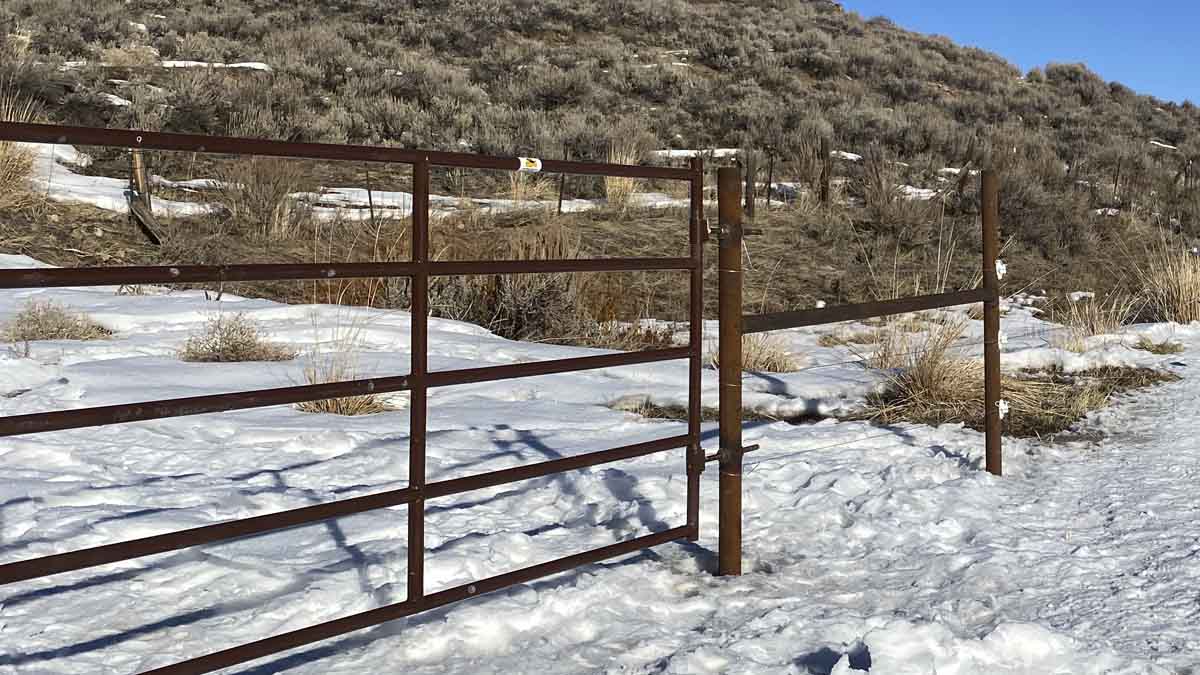
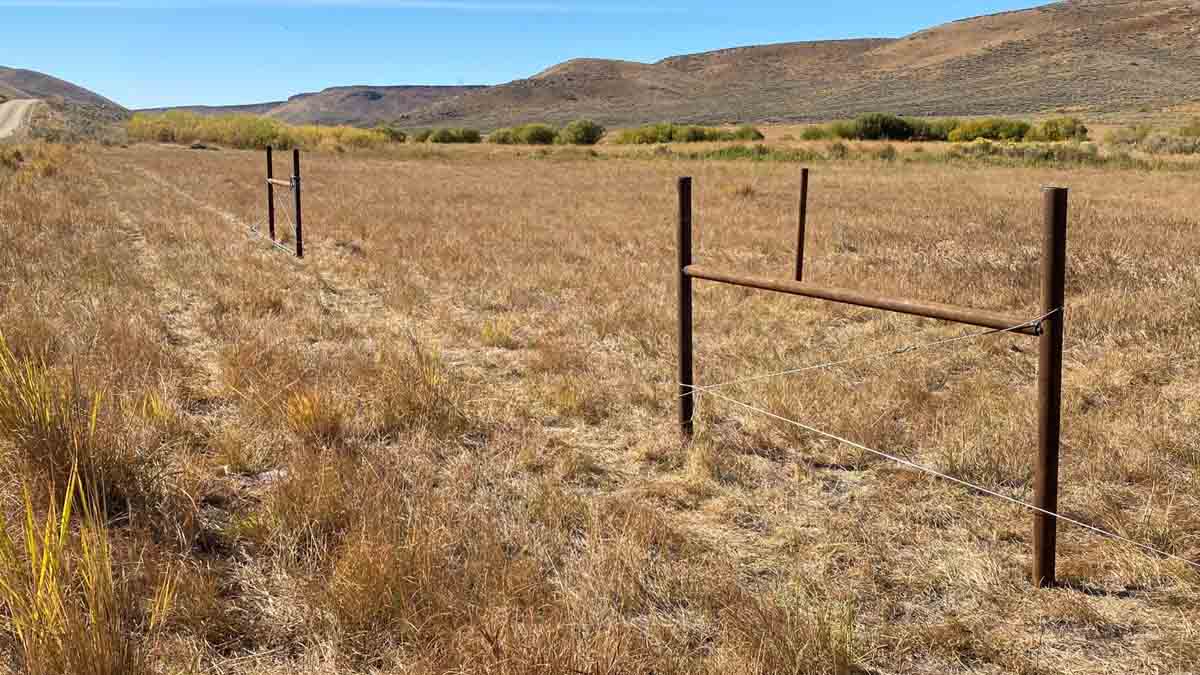
Technical and financial assistance has been provided by the Idaho Department of Fish and Game, U.S. Fish and Wildlife Service, Natural Resources Conservation Service, Governor’s Office of Species Conservation and the U.S. Department of the Interior.







